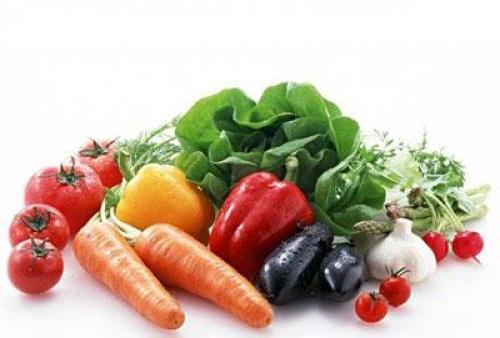10 kinds of fruits and vegetables are good for water supply

When it is dry in winter, many people experience dry, rough skin. Eat the following 10 kinds of common fruits and vegetables in the winter, you can ease the skin dry, but also your moist skin texture.
1 apple. The data shows that each apple (about 28 grams) contains 4 grams of dietary fiber. In addition, Apple is also rich in a variety of antioxidant substances, such as quercetin, catechin, epicatechin, etc. These ingredients help to reduce cancer, cardiovascular disease, asthma, diabetes and other diseases risk. Apples are best eaten with skin, because heart-healthy flavonols and other active substances are the highest in the skin.
2 pears. Each pear (about 28 grams) contains about 4 grams of dietary fiber, which is also rich in vitamin C and copper trace elements required by the body. Autumn pears are sweet and juicy, and can be baked or boiled when cooked. The texture becomes soft.
3 Broccoli. A medium-sized broccoli can meet people's daily vitamin K and vitamin C needs. Studies have shown that vitamin K is not only related to coagulation but also beneficial to bone health. As a member of cruciferous vegetables, it is also rich in a variety of anti-cancer lipid-lowering ingredients. When cooking broccoli, overheating will destroy the active substance glucosinolate, and the anti-cancer effect will be greatly reduced. Broccoli is suitable for steaming, cooking or salad dressing.
4 zucchini. Its rich carotene can be converted into vitamin A in the human body, has anti-aging effects on the skin and anti-cancer effects, but also protects and improves vision. Zucchini is slightly sweet and the skin can be stored for months. It should be noted that high-temperature frying zucchini may produce carcinogenic acrylamide, so the temperature during cooking must be low. pumpkin. Potassium is a good source of B vitamins and dietary fiber. Pumpkin seeds have a protective effect on male prostate. Pumpkin has a sweet taste, and can be used as a cake or porridge in addition to being fried. Pumpkin has a high starch content and can be used as a substitute for some of the staple foods.
5 sweet potatoes. It is rich in carotene and trace element iron, but also has a certain anti-inflammatory effect. In addition, sweet potatoes are also rich in vitamin C, and due to the protective effect of their surrounding starch, less heat is lost. Sweet potatoes are best eaten with roasted foods. They not only taste sweet but also contain more vitamins than boiled sweet potatoes.
6 white radish. Radish roots are rich in anti-cancer ingredients such as vitamin C and mustard oil. Radishes taste like mustard and are an excellent source of carotene, vitamin K, and folic acid. Radishes can be eaten raw as well as soup.
7 pomegranate. A study by the University of California, Los Angeles, found that the antioxidant content of pomegranate juice is higher than that of red wine and can help the body to eliminate free radicals and resist aging. Pomegranate is also rich in vitamin C and folic acid. Pomegranate seeds are rich in polyphenols and flavonoids that can delay aging. When you eat pomegranates, it's best to chew a chewing pomegranate seed.
8 dates. Fresh dates are low in fat, high in dietary fiber, potassium, and vitamin C. In addition, fresh dates are also rich in functional active ingredients, such as flavonoids, rutin and polysaccharides, with the role of improving blood lipids, lowering cholesterol, and lowering blood pressure. Jujube is sweet and can be eaten raw, or eaten in sweets such as soup or dairy products, or made into dates.
9 kiwifruit. In addition to being rich in vitamin C, the trace elements potassium and copper are also higher in kiwifruit. Recent studies have found that kiwifruit's unique kiwifruit base can accelerate protein digestion and protect the gastrointestinal tract. Kiwi is sweet and sour, juicy, and can be made into fruit platters with strawberries, cantaloupe, and oranges.
10 grapefruit. A grapefruit (about 247 grams) can satisfy 75% of the recommended amount of vitamin C. Grapefruit is also rich in antioxidant lycopene and cholesterol-lowering natural substances pectin. Grapefruit has a special sour taste not found in other citrus fruits and can be eaten with a variety of green leafy vegetables or juiced.
Pull Handles,Swing Handles,Surface Mount Handles,Stainless Steel Pull Handles
Ningbo Hengchieh Locking Technology Co., Ltd. , https://www.hengchieh.com